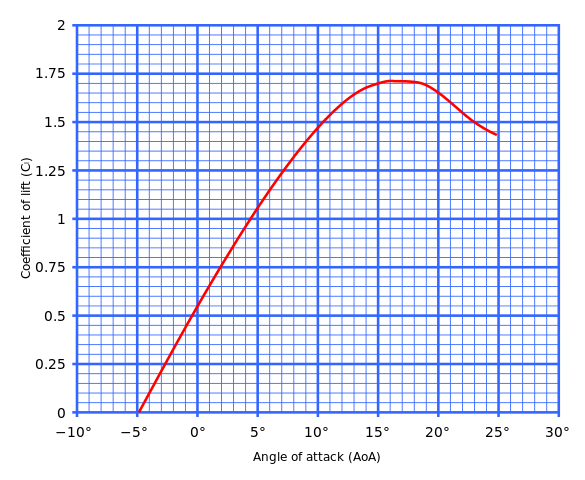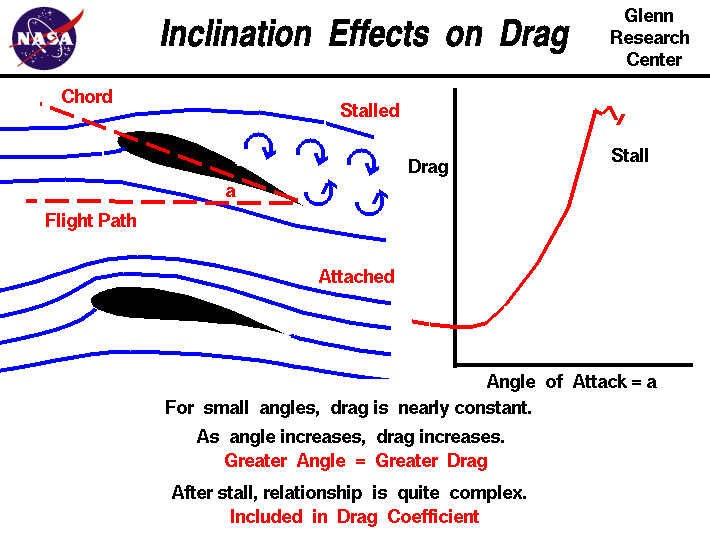AnotherDilbert
Emperor Mongoose
I see no contradiction.Old School said:p. 155 is directly contradicted by P. 106, which states that Only INT and EDU-based checks can be attempted.
A Traveller, or I assume sophonts in general, can only use Expert software as a replacement for INT and EDU skills.Core, p106, Expert:
Expert software packages mimic skills. A Traveller using Expert may make a skill check as if he had the skill at the software’s Bandwidth -1. Only INT and EDU-based checks can be attempted. If a Traveller already has the skill, then Expert grants DM+1 to his check.
The same is not true for Intellect software or robots, see CSC p68 and p71 (Astro-Mech Droid with Pilot skill but no hands).
This is completely consistent with Core, p155, as far as I can see:CSC, p68, Intellect:
An Intellect software package is similar to the more primitive Agent but has a far more advanced intelligence, being able to communicate normally with a Traveller. It is capable of using any Expert package and can simultaneously use a number of Expert packages equal to its Bandwidth.
Core, p155, Automated Duties:
A ship running an Intellect program and Expert Pilot can act as the pilot.
I do not consider that a house rule, but simply RAW. See e.g. Core, p107:Old School said:Your house rule for allowing expert software to augment DEX based tasks but not perform them unskilled is reasonable, but this goes against your next sentence that you would allow Expert 3 to fly the ship.
Note that this explicitly applies to weapons, hence in general DEX-tasks.Core, p107, Expert Skills:
Having a tool or weapon with the appropriate Skill Expert program and an Intelligent Interface can grant a Traveller DM+1 to his checks.
I see the statement about Expert software this way:
This is consistent with p107, in my opinion.Core, p106:
... A Traveller using Expert may make a skill check as if he had the skill at the software’s Bandwidth -1. Only INT and EDU-based checks can be attempted. [Line break added]
If a Traveller already has the skill, then Expert grants DM+1 to his check.
This interpretation makes all the rules about Expert software valid and consistent. Your interpretation seems to rely on that most of these rules are simply wrong.
I can agree that the rules are not intuitive or perfectly clear.





